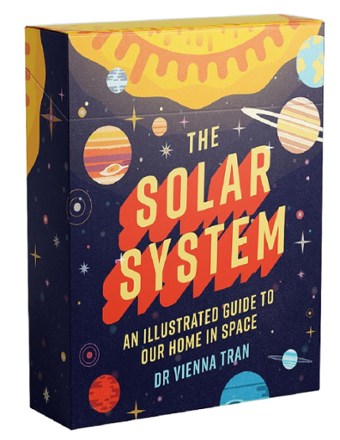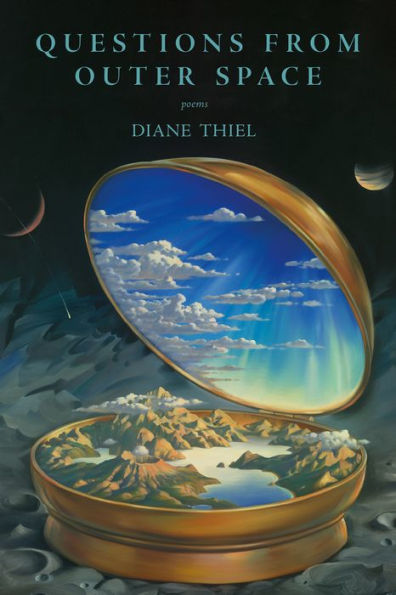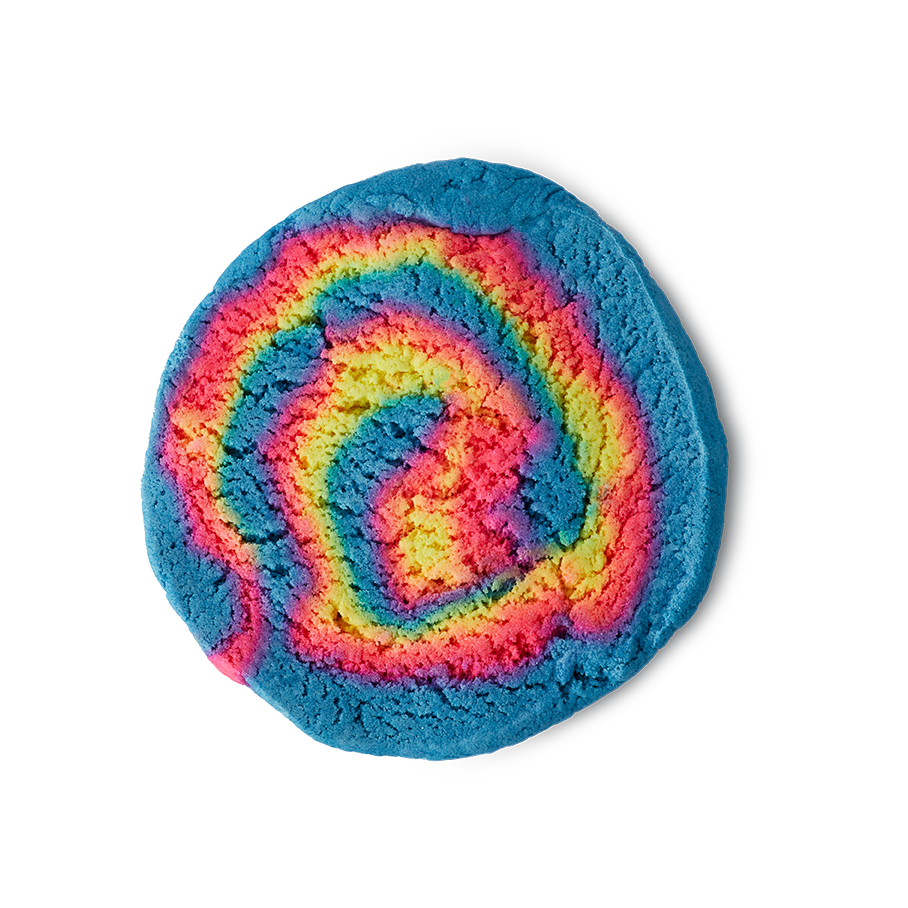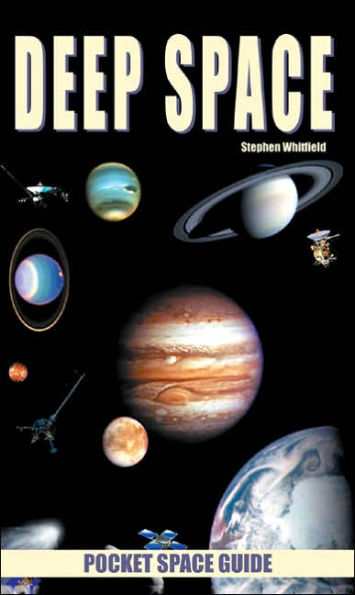Home
The Myth of Outer Space
Barnes and Noble
The Myth of Outer Space
Current price: $69.95
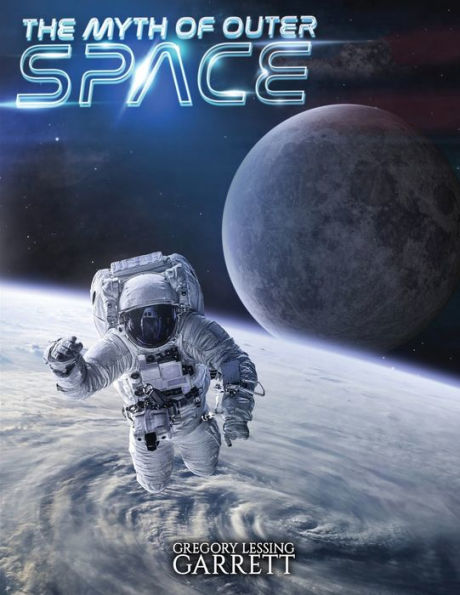

Barnes and Noble
The Myth of Outer Space
Current price: $69.95
Size: Paperback
Loading Inventory...
*Product information may vary - to confirm product availability, pricing, shipping and return information please contact Barnes and Noble
In the Newtonian Gravitational Model, Gravity cannot hold down The Earth's atmospheric pressure gradients because at the highest altitudes of The Earth's Atmosphere, the molecular density is so sparse that there is an insufficient mass to satisfy Newton's Universal Law of Gravitation's requirement for significant mass as a function of gravitational attraction. Mass is a fundamental measurement of how much matter an object contains. Weight is a measurement of the gravitational force on an object. It not only depends on the object's mass, but also on its location. We have seen that in the Universal Law of Gravitation the crucial quantity is mass.
Hence, both the insignificant molecular mass of higher attitudes, as well as their high altitude location many miles above The Earth, create an insufficient condition for gravitational attraction to hold the Earth's Atmosphere down around The Earth, according to Newton's Gravitational Attraction Equation and Newton's Universal Gravitational Constant, which are two different variables.
We must remember that contrary to the Newtonian Gravitational formalization, there is no force of Gravity pulling the molecular density of gasses down to Earth in the Einsteinian Gravitational Model. Gravity was reclassified as an effect and not a force in 1907 via Einstein's General Theory of Relativity. The "mass attracts mass" claim of Newtonian Gravity was overruled by the idea of a Pseudo-Riemannian Manifold in geodesics. According to the Heliocentric Model, mass does NOT attract mass, and has not been claimed to be attracting mass since 1907. Gravity is no longer in line with the Heliocentric rhetoric of Sir Issac Newton, where mass is said to attract mass.
As such, in The Heliocentric Model, it's the bending of a Pseudo-Riemannian Space-Time dimension that causes the illusion of gravitational attraction. It's geodesics in Space-Time. That's what Gravity is said to be in The Heliocentric Model, contrary to the modern misconception that Newtonian "mass to mass attraction" is still used in the formulation of Heliocentrism. In geometry, a geodesic is a curve representing in some sense the shortest path (arc) between two points on a surface, or more generally in a Riemannian Manifold. The term also has meaning in any differentiable manifold with a similar connection. It is a generalization of the notion of a "straight line".
Hence, in BOTH the aforementioned Gravitational Models, Gravity has zero power to hold The Earth's atmospheric pressure gradients. And even under the archaic Newtonian Model, The Earth's atmospheric pressure gradients, and in particular, at The Exosphere, contain an ascending strata of atomic density that is so sparse that there is an insufficient mass to satisfy Newton's Universal Law of Gravitation's requirement for significant center of mass as a function of gravitational attraction.
Again, for Einstein, what is known as Gravity is not a force at all, but evidence that we exist in a pseudo-Riemannian Manifold, or nonisomorphic, as it traces a geodesic, a space whose shape comes from the presence of masses with time being a relative quantity. Einstein's Theory of General Relativity is a kinematic theory in that it provides a geometric explanation of gravitational motion, wherein there is no "mass attracts mass" variable. It was supplanted with curved Space Time.
To reiterate, from these two aforementioned conditions, we know that gravitational attraction has no power to hold singular atoms from being immediately "pushed out" into the vacuum of Outer Space at the highest altitudes above The Earth, and by no means, can gravitational attraction serve or behave as a barrier between The Earth and the alleged vacuum of Outer Space. Without a container, The Earth's atmosphere cannot remain intact around The Earth, and since all The Earth's atmospheric layers are continuous, successive, and contiguous, as one layer is "pushed out" into the vacuum of Outer Space, all the remaining layers must follow suit, as The Laws of Thermodynamics dictate, owing to the fact that a pressurized system cannot remain intact contiguous to a vacuum without violating The Laws of Thermodynamics. Pressure flows from high to low unless some antecedent of containment prevents this gas pressure flow.
This being the case, and since The Earth, indeed, possesses a pressurized atmosphere, the claim that The Earth is surrounded by an Outer Space vacuum is null and void. The container has been hypothesized to be The Firmament from Genesis by many.
The necessary causal antecedent for gas, air, and/or atmospheric pressure to exist equates to containment. If the alleged Outer Space around Earth is truly as described, with no solid barrier between The Earth's Atmosphere and the near perfect vacuum of theoretical Outer Space, we'd all be dead as entropy would increase as The Earth's Atmosphere expands out into the volume of available Outer Space in order to achieve Thermodynamic equilibrium.



